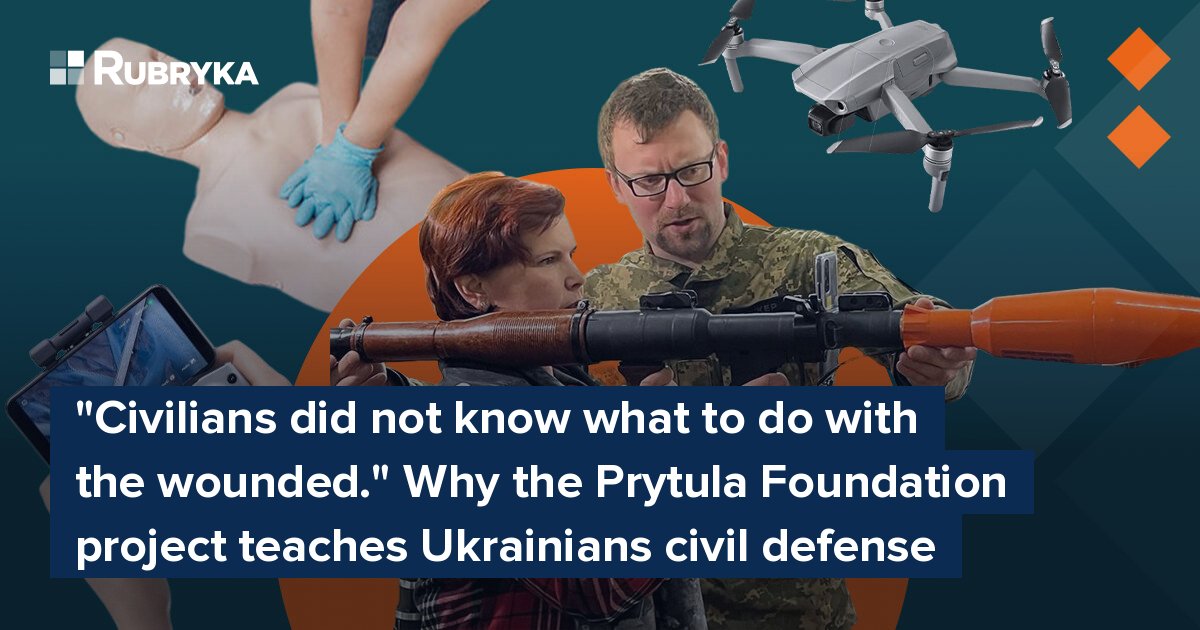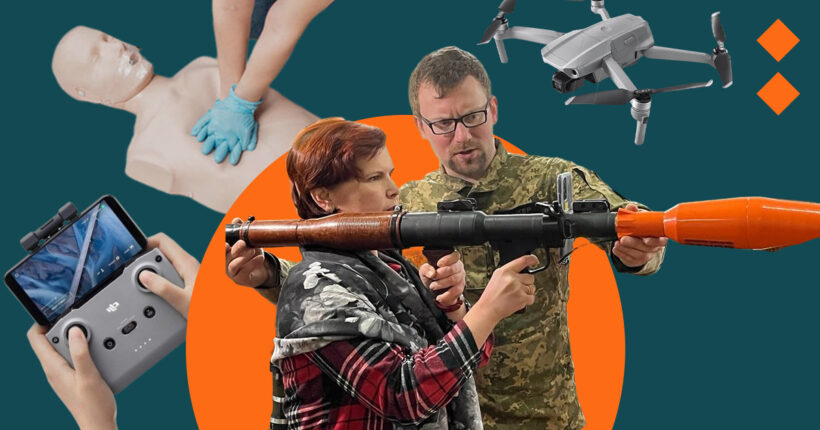
Border guard Oleksandr, with the call sign "Ryzhyk," knows from his experience how timely and correct pre-medical assistance saves lives. In the breaks between rotations, the military trained to rescue people in the structure of Civilian Preparedness Centers (CPCs). In one of the combat tasks, Oleksandr was wounded — shrapnel from the projectile pierced his lungs and damaged his liver, spine, legs, and arm. However, even after that, Ryzhyk continued to educate people.
In July 2022, the first Center was launched in Poltava to provide primary military and security training. These trainings for Ukrainians, organized by the project of the Serhiy Prytula Charitable Foundation, have already been attended by more than 29,000 people in different parts of the country. Now, the initiative operates in more than 60 centers in 17 regions of Ukraine.
Rubryka talks about the volunteer courses of civil defense, why they exist, and why they want to give this project to the state.
What is the problem?
Before the start of the full-scale war, the border guard Ryzhyk already had combat experience. He served from 2015 to 2018, and then returned to civilian life. When Russia launched its full-scale war on Ukraine on February 24, 2022, Oleksandr was in Chernihiv, his hometown. Together with his comrades, he defended the city.
Once, in March, when the Russians struck Chernihiv with aircraft, Oleksandr helped the victims. He and his friends were near the place where the occupiers dropped an aerial bomb.
"There was a strike, and we immediately ran there. First of all, I saw a woman who had a massive bleeding limb. I had already started to take out the tourniquet, and at the same moment, another man was walking towards her with a piece of bandage. I asked him what he would do with it, and he replied that he just wanted to help but didn't know exactly what to do," Oleksandr recalls.
He did well as he didn't just stand by and watch. He wanted to help but didn't know how. Such situations showed the unpreparedness of the civilian population because there were many wounded, but most of the civilians just watched.
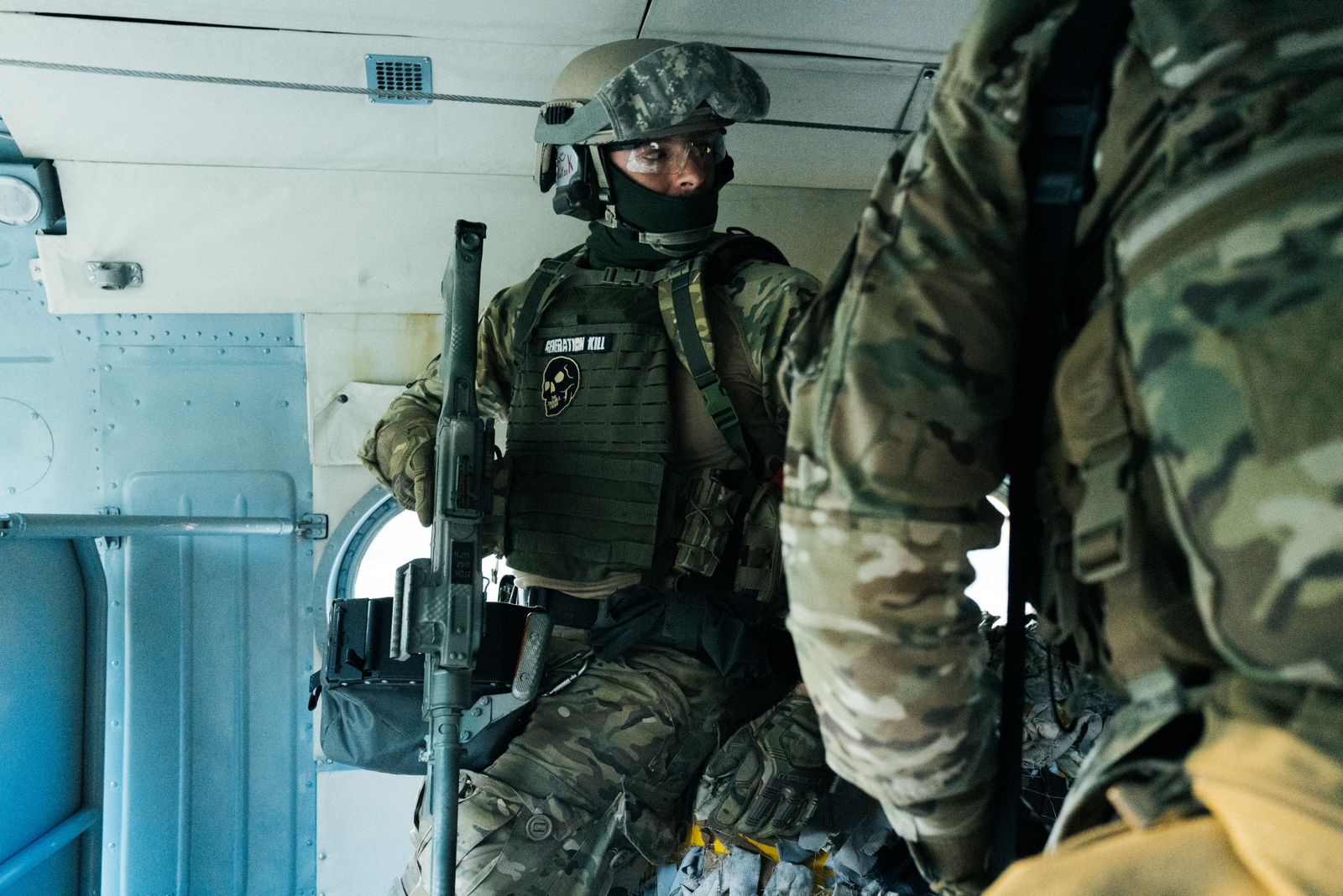
Ryzhyk during service. Photo from the soldier's archive
This experience later influenced Ryzhyk's decision to join the Lviv Civilian Preparedness Center as an instructor in September 2022. At that time, he was already mobilized and conducted training for people between rotations. In 2023, he was wounded but continued to teach civilians. He even attended the trainings on crutches and completed several hours of training.
"If I can't be useful on the battlefield, it doesn't prevent me from doing something else: improving the level of knowledge in medicine or just helping people get this knowledge," the soldier believes.
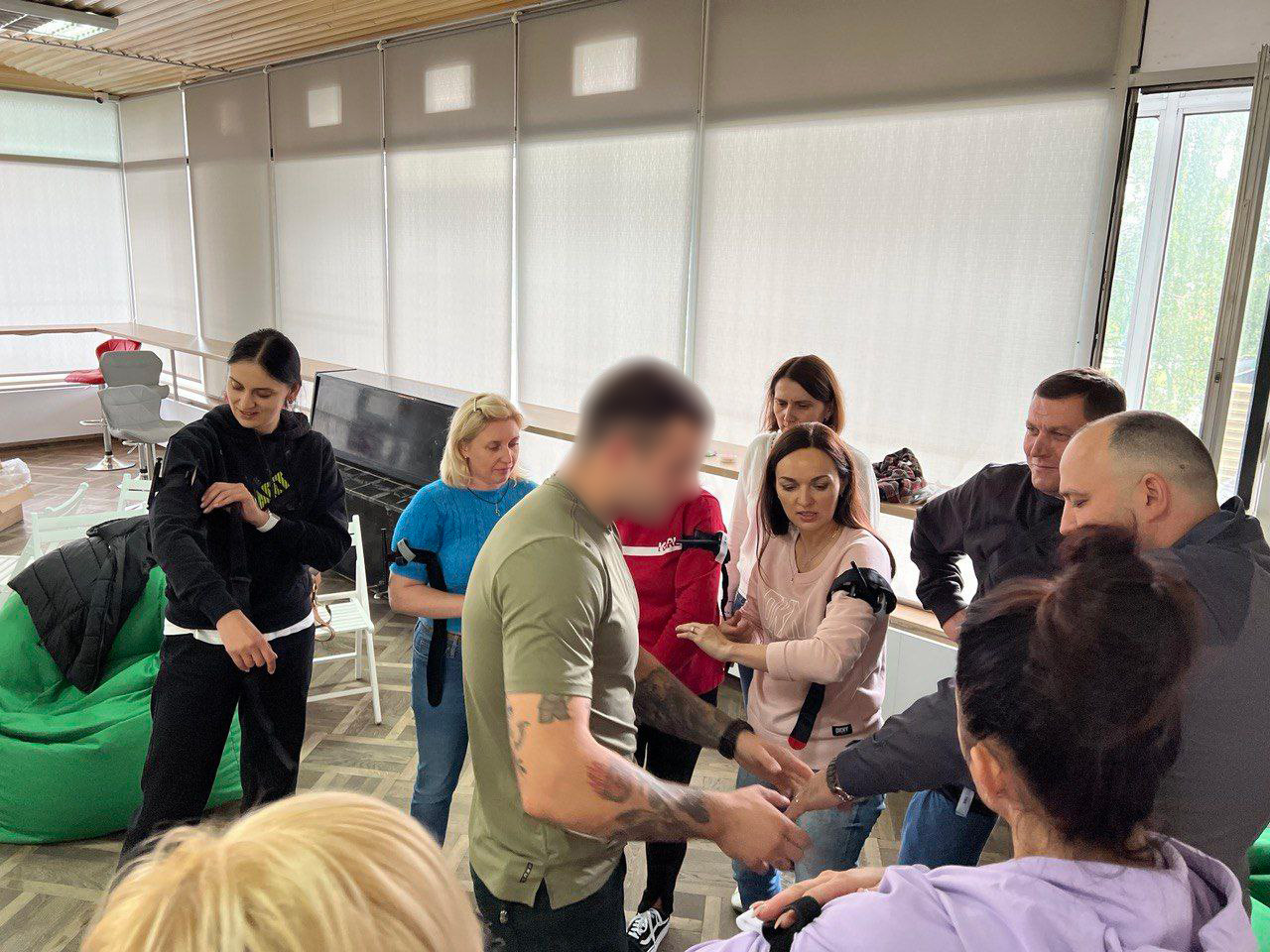
Ryzhyk during training. Photo from the soldier's archive
What is the solution?
The main task of the trainings is to provide an opportunity to prepare for mobilization. The basis of the trainings is what can be useful to the military, apart from first aid, is training in shooting and grenade launchers, mines, and explosive safety, training in the basics of piloting a drone, radio communication, cartography, and other military skills.
There are also trainings on relevant knowledge for civilian life in wartime, where instructors tell the rules of behaving under rubble and algorithms for actions in the event of radiation and chemical threats, in the program of the Central Military Center. Separate blocks are trainings on information security (countering PSYOPS — information and psychological special operations of the enemy, basics of OSINT — intelligence based on open data) and psychological direction (psychological self-help, effective communications with the military, new wartime etiquette, and psychology of captivity.)
The basic set of courses in each city is the same: there is pre-medical training, marksmanship, and drone control, but the special trainings in each are different and depend on which instructor you manage to attract or invite. Most of the training speakers are military personnel returning from rotations or veterans.
"The main goal is to develop a model of civilian training for mobilization and other war challenges. This is a necessity, an element of Ukraine's survival. It is also preparation for resistance and partisanship, a reminder to people about war. Since February 24, we have been living in a new reality where every civilian must have two specialties: civilian and military. We have to go to the Israeli model, where every civilian has military knowledge," said Oleksii Serdyukov, national coordinator of Civilian Preparedness Centers.
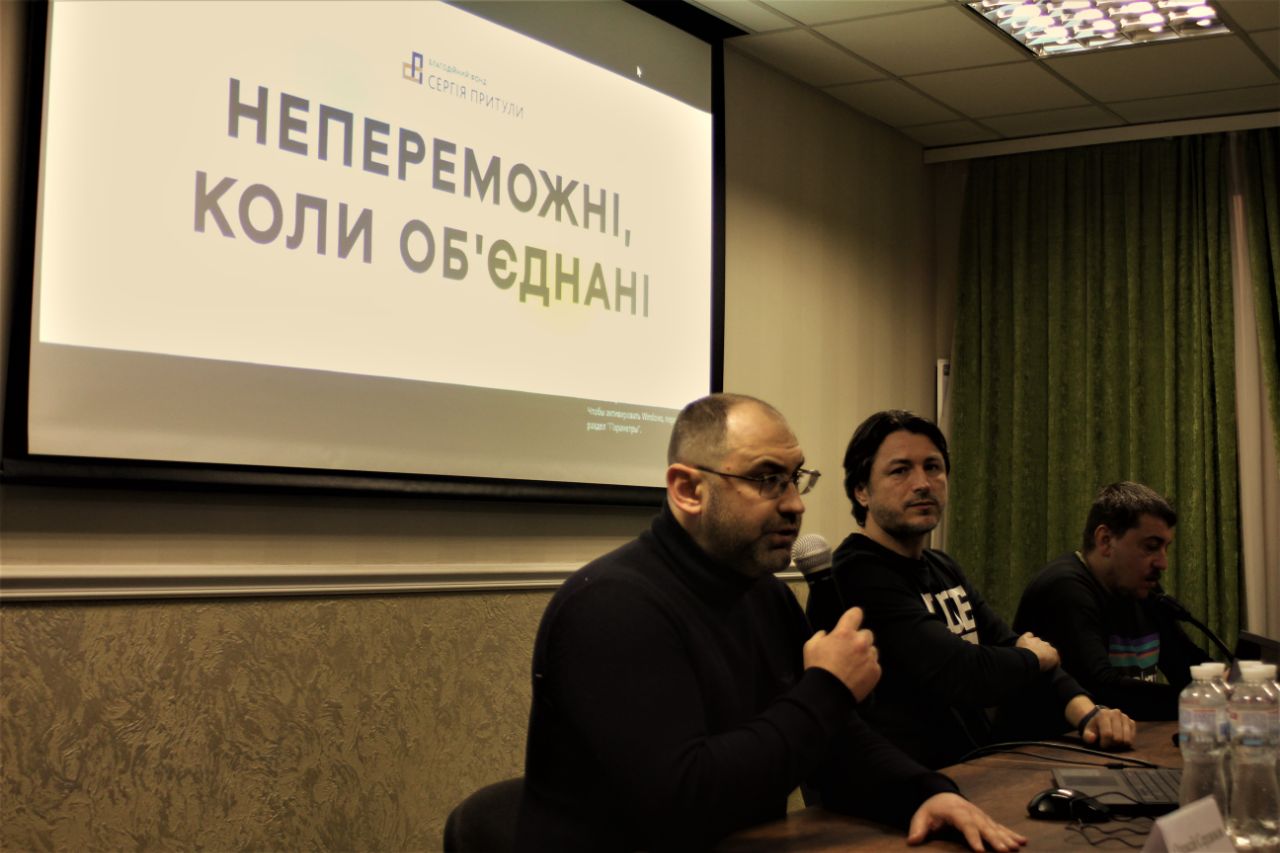
Oleksii Serdyukov at a meeting with the participants of the CPC in Poltava. Photo from the hero's archive
Serdyukov, an entrepreneur and volunteer of the Serhiy Prytula Charitable Foundation, started preparing courses for civilians in June 2022 at the request of people and the necessity. A pilot Civilian Preparedness Center was created in Poltava, and the result was surprising — the demand was crazy. Therefore, the organizers described the experience in the form of instructions, and then the foundation team offered the format to active volunteers they knew in other cities. At first, these were regional centers, and then the project went to smaller towns and territorial communities. Online registration queues immediately lined up for some center courses in various locations, such as pre-medical assistance in the fall of 2022.
Serhii Prytula believes: "We live next to a crazy neighbor. Our nearest victory may only be the beginning of a brief respite before Russia decides to attack or invade us again. Therefore, we must always be ready. This is the main idea and purpose of our Civilian Preparedness Centers. This is a story about the self-organization of civil society. While our Defense Forces are already fighting at the front, we in the rear must learn to live in war conditions, be ready to lend a shoulder, and replenish the army's ranks. Thus, when a person mobilizes, thanks to the courses, they already know what kind of military work they will be useful and effective in."
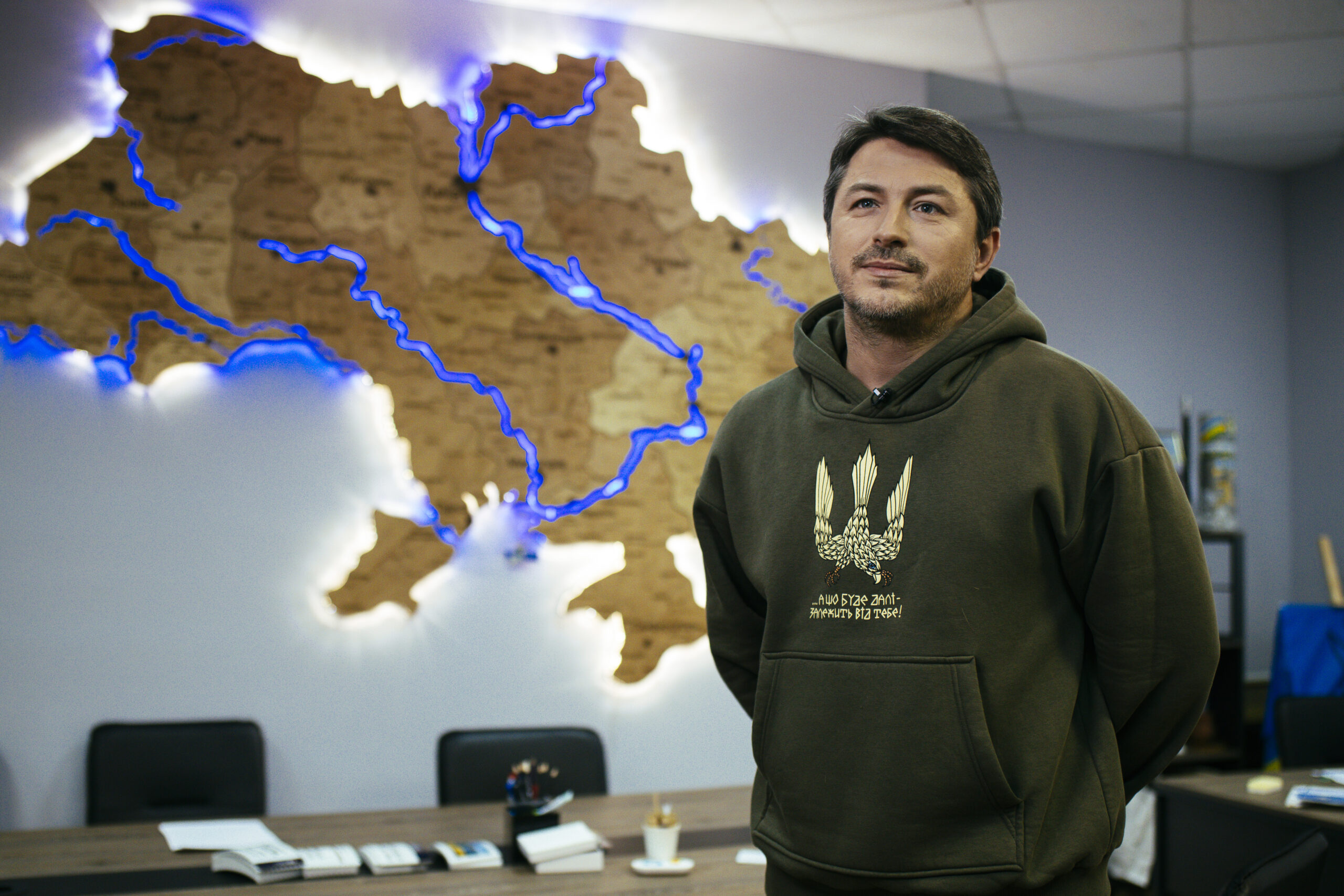
Serhii Prytula. Photo from the network
The authors of the Civil Preparedness Centers project are ready to transfer their findings to the state so that it can use them on an even larger scale.
"We need to train not 20,000 civilians per year, but a million, so that we can put up a decent fightback when any Ukrainian knows how to act," Serdyukov believes.
One of the largest Civilian Preparedness Centers operates in Zhytomyr. Its coordinator, Vitalii Kuzmin, says Ukraine should restore and update the practice of civil defense training — not only at the level of subjects such as Defense of Ukraine or Pre-Conscript Training. It should be a network of accessible trainings for all adult citizens because it ensures the readiness and mobilization of society.
"If at the beginning we believed that the project was designed to provide civilians with the necessary knowledge for an effective response to potential dangers, now we see that the project stimulates people to actively prepare, contributes to the formation of conscious citizenship and readiness to take responsibility in the event of crises," Kuzmin believes.
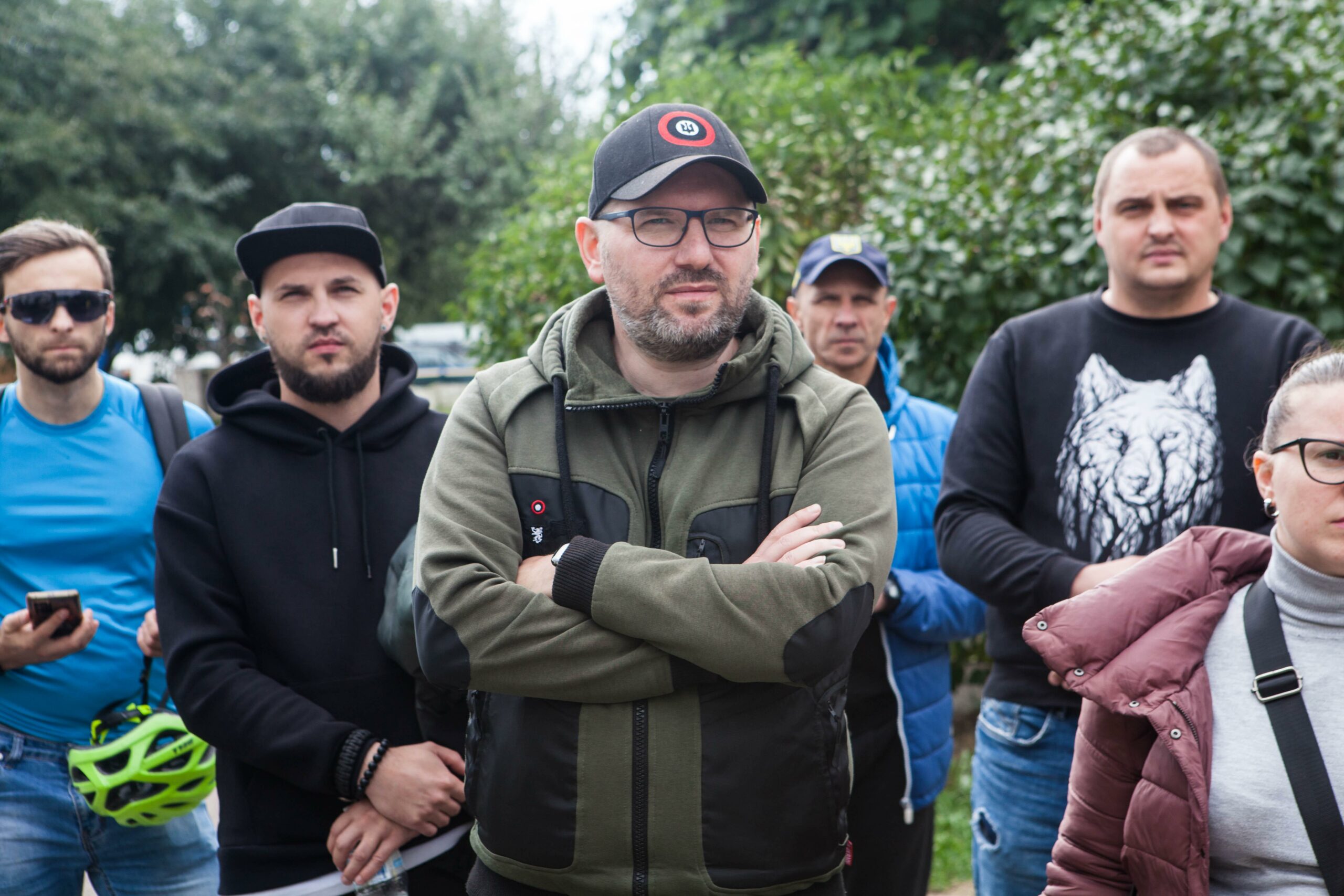
Vitalii Kuzmin during training in Zhytomyr. Photo from the Kuzmin's archive
How does it work?
It is necessary to find the social network pages of the Civilian Preparedness Center in your region, choose a training, register, and wait for a call from volunteers with details.
These trainings help Oksana Kolosovska from Rivne to overcome her fears. Also, it became easier for her to talk with her son and husband, who stood up for the country's defense. She feels like she's on the same wavelength as them when she can talk about the weapons she learned to use at the Civilian Preparedness Centers. Kolosovska works as a copywriter, and in her free time, she studies military affairs.
"When winter came, a stream of news flooded the brain. Something had to be done. I'm afraid of blood, and I'm afraid of loud explosions, but these trainings have helped," Kolosovska shares. She found out about the CPC on social networks. After the first lesson, she did not want to miss the next ones.
At the first training session, Kolosovska studied first aid, and then there were shooting lessons. "When I picked up a machine gun, I felt what it was like. I have never shot. I will not become a shooter, but when I get my hands on it, I will know exactly what to do with it," Kolosovska recalls.
She remembers the grenade launcher classes the most. They teach how to use this weapon safely — without actually using a grenade launcher, but thanks to a special application on the phone. The mobile device is attached to the grenade launcher and simulates the battlefield, with virtual targets on the smartphone screen.
"With the knowledge of how to aim and consider the wind or the target's speed, you shoot. The application immediately shows whether it was successful," says Kolosovska.
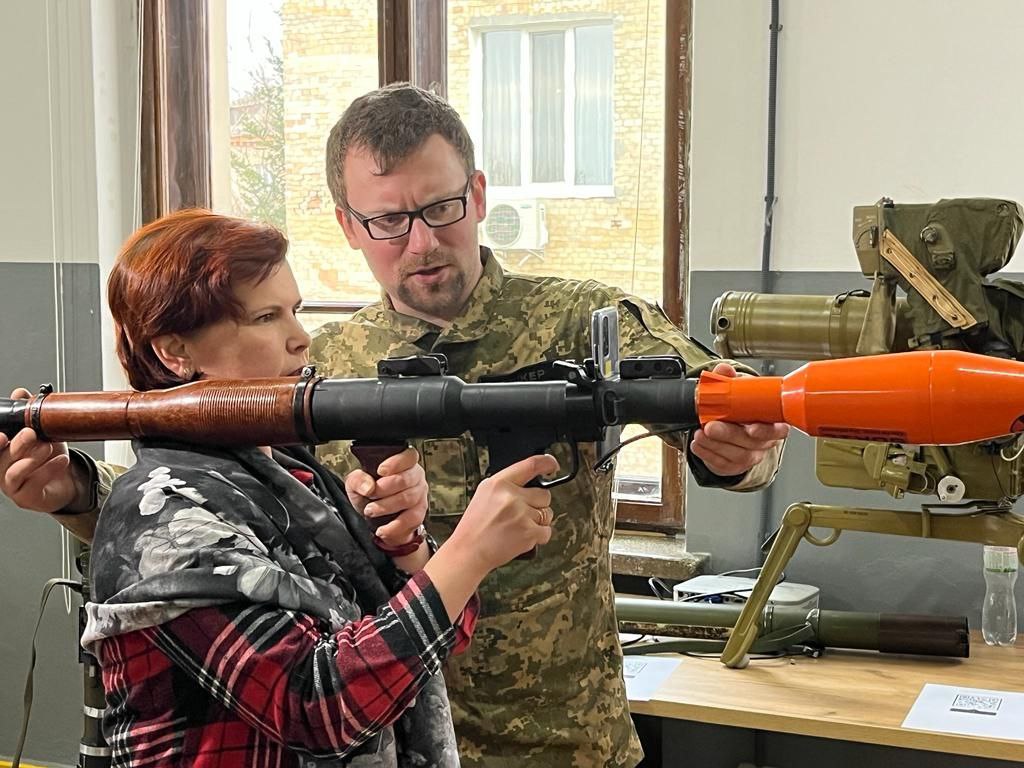
Oksana Kolosovska during training with ATGMs and grenade launchers. Photo from the heroine's archive
Another participant of such trainings has the call sign Viter. Now, he is in the ranks of the Armed Forces of Ukraine, and he took the oath on February 24, 2023. The soldier was preparing and planning to become a volunteer, so he was looking for a place to get preliminary knowledge. I saw an announcement about Civilian Preparedness Centers on social networks. The first training that Viter attended in Vinnytsia was about preparation for mobilization.
"The instructor brought a lot of equipment and explained in a great way what is needed and why. With this information, I joined the ranks of the Armed Forces prepared, if we take the topic of equipment," says Viter.
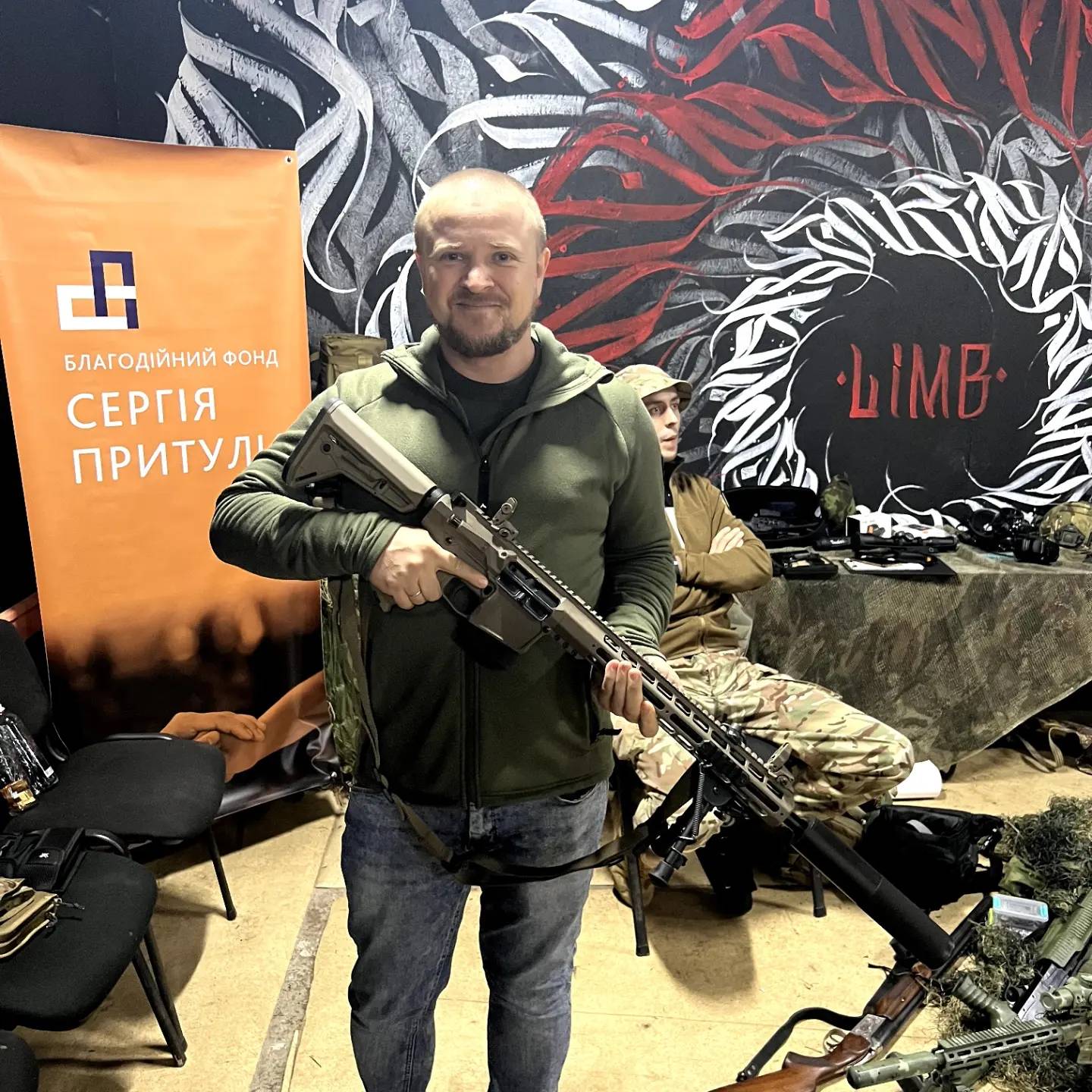
Viter during his studies at the CPC. Photo from the soldier's archive
Then, he started going to every training held by the Vinnytsia Center. The soldier says that already in the army, knowledge about the use of weapons, anti-tank missile systems, or grenade launchers was needed. He was able to use many things himself, and later, he shared this experience with his comrades.
"I see that most people will be involved in the defense of the state in various ways. The first time, when you join the army ranks, it helps that you do not come from zero knowledge but have a base and are at least somehow oriented in what is happening," Viter shared with Rubryka.
Oleksandra works as a business manager and volunteers in her spare time, helping at the Civilian Preparedness Center in Dnipro. The project coordinator offered her to join the training, and then she also saw several more publications on social networks.
"When very heavy shelling began in Dnipro, I was faced with the fact that I did not realize how to behave at all. I went to several trainings and realized that there is a sufficient amount of information to reassure myself and to act without panic in extreme situations," Oleksandra shared.
Her first training was about behavior during shelling. The second was a shooting lesson, and the third was opposition to the PSYOPS. After the last one, she decided to stay in the Central Community Center as a volunteer.
Oleksandra deals with the search for a safe space for trainings, registration of participants, and organizational issues.
"Once, a girl at an aerial reconnaissance training approached me and said she had left the occupied territory. She found friends at our trainings, said she was grateful, and burst into tears. I realized that we not only teach but also connect like-minded people," said the volunteer.
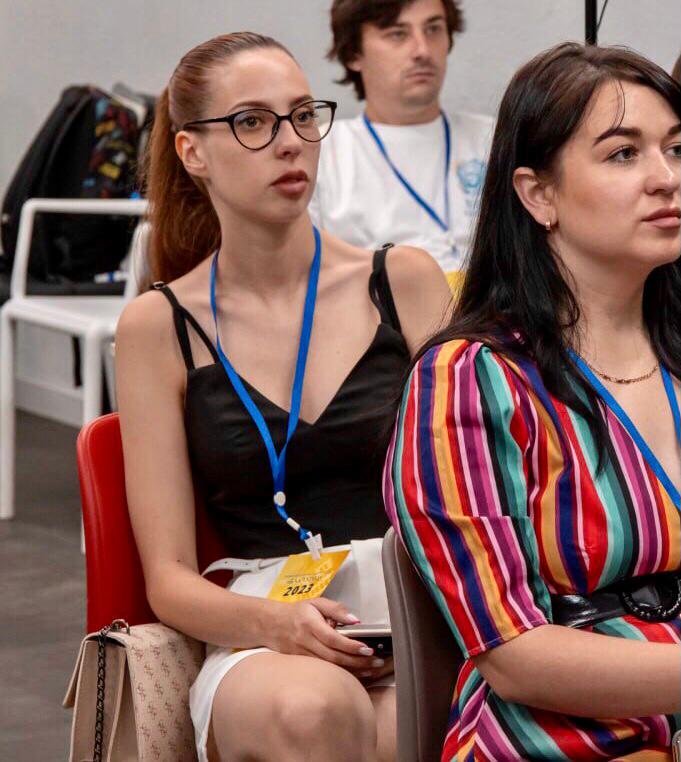
Oleksandra during training. Photo from the heroine's archive
How to join?
There is no fixed payment for participation in trainings, and the fee is arbitrary. Each course is separate and requires a new registration. Some trainings, such as marksmanship, may take place on two different days —theory and later practice at a shooting club or shooting range.
To register, you need to fill out the form on the page of the center in your city. The coordinators will call, confirm the registration, and inform the venue.
Pages of Civilian Preparedness Centers in Ukraine can be found at this link.
Authors: Denys Bulavin, Oleksandra Syrotenko
Newsletter
Digest of the most interesting news: just about the main thing



